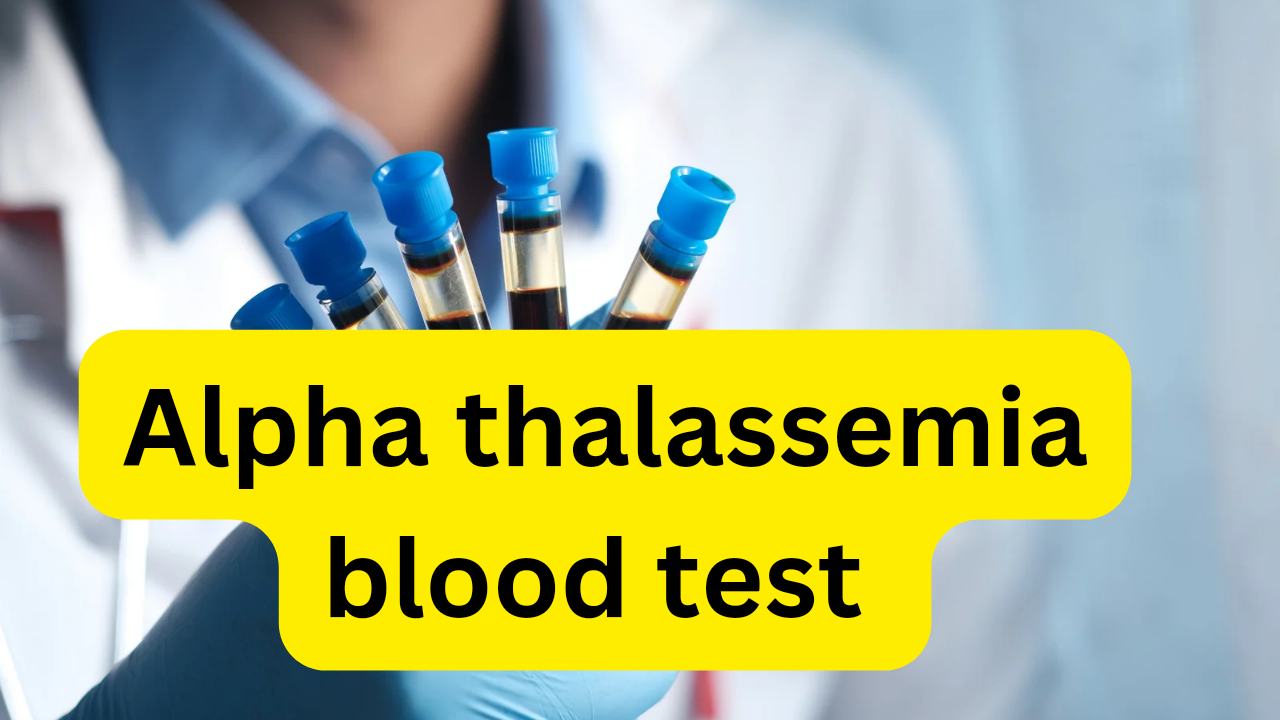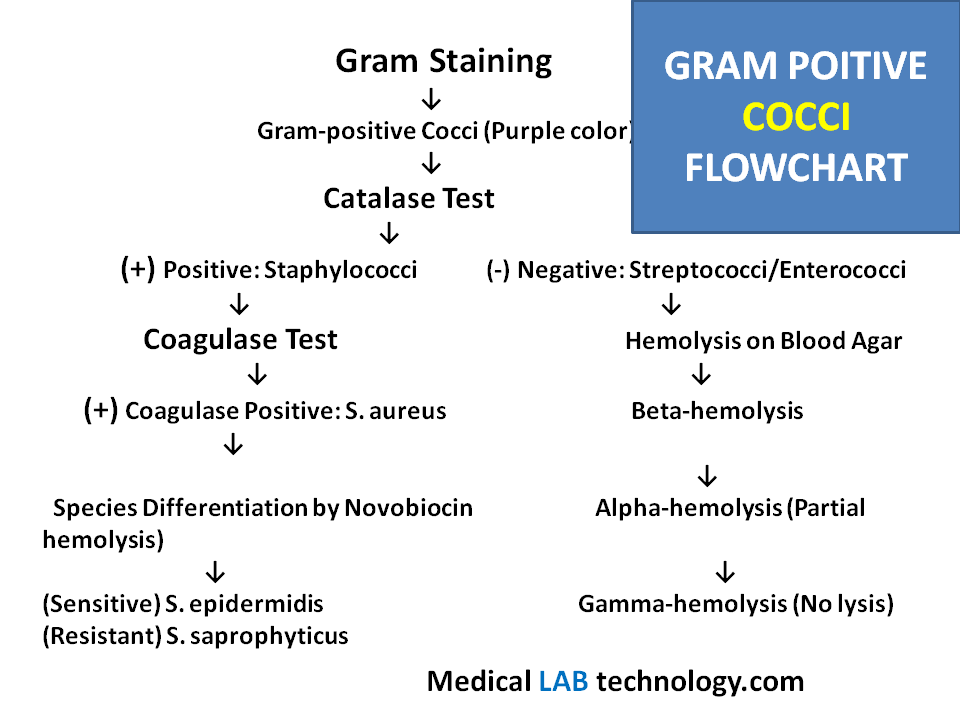Identification gram negative bacteria flowchart
Gram-negative bacteria are a group of bacteria characterized by their thin peptidoglycan layer and an outer membrane containing lipopolysaccharides (LPS). They do not retain the crystal violet dye during the Gram staining process, appearing pink under a microscope. Key Tests Explained Characteristics of gram negative bacteria






